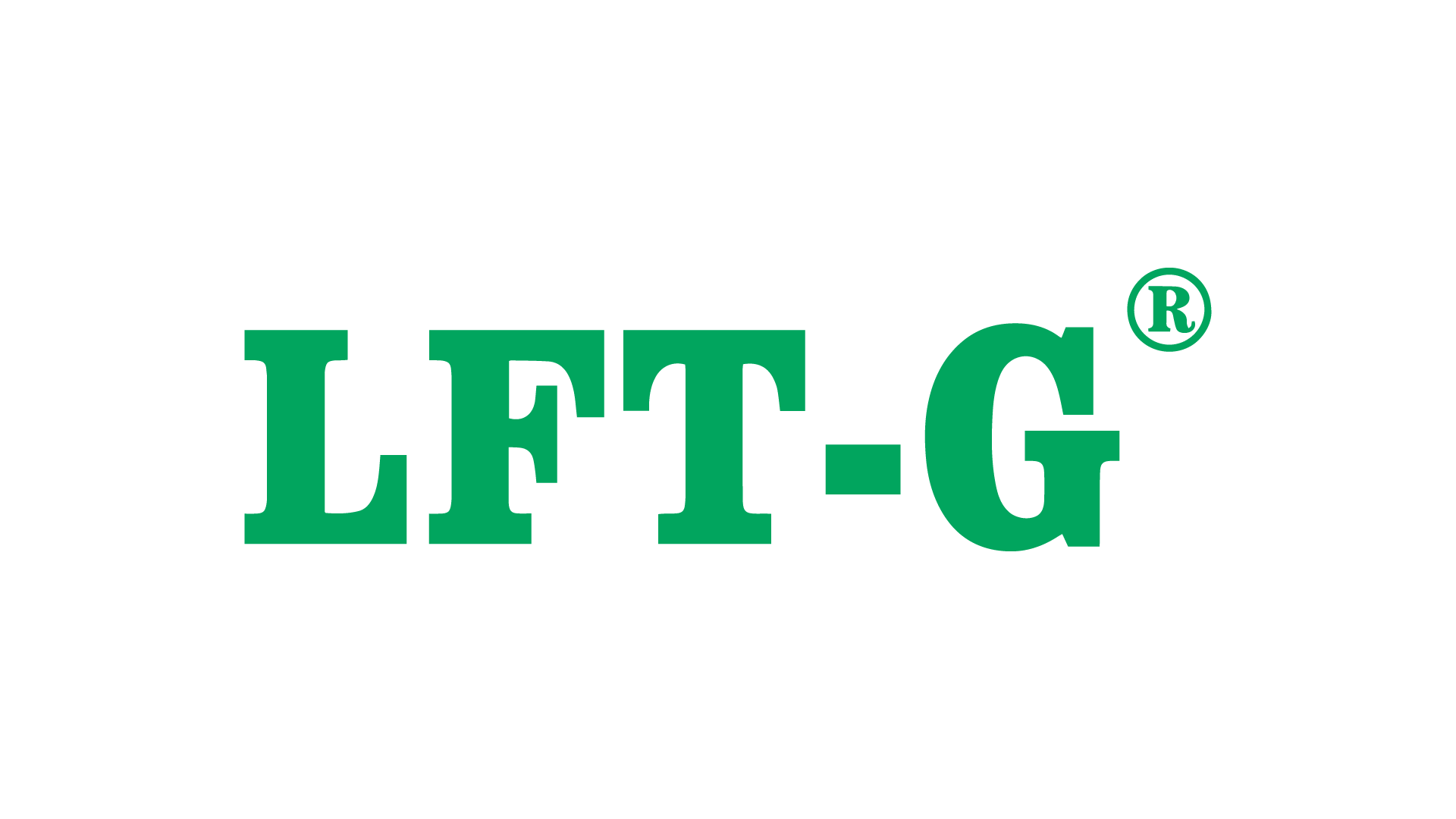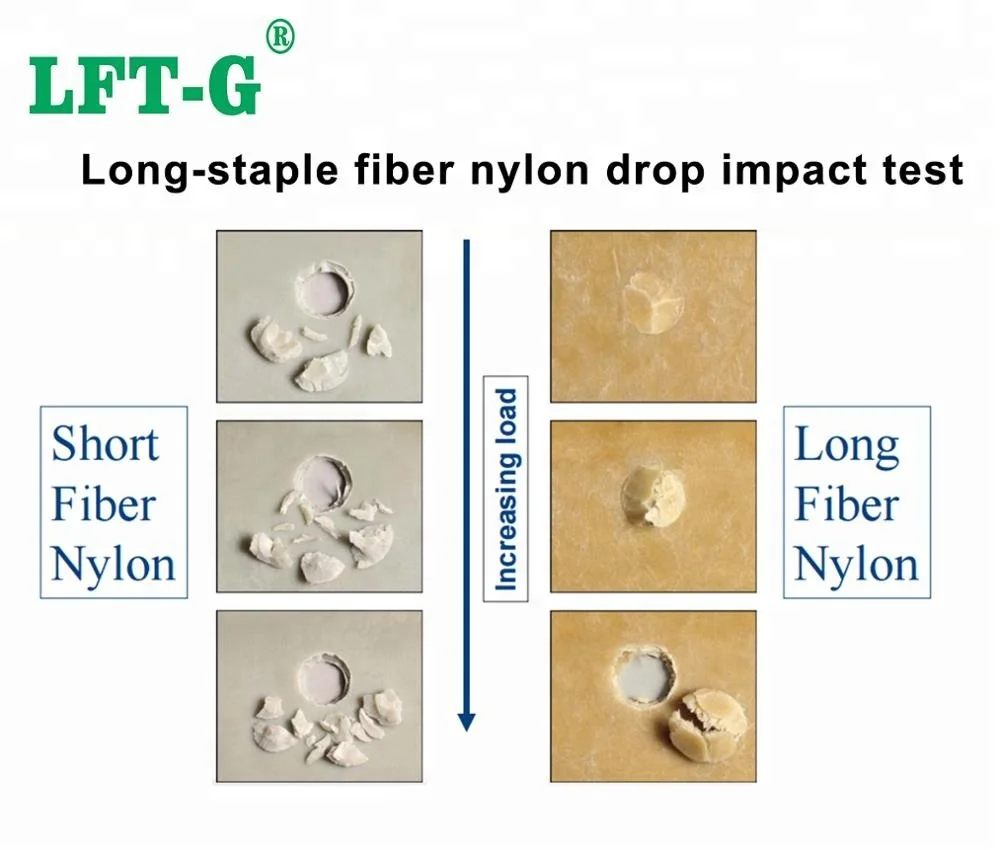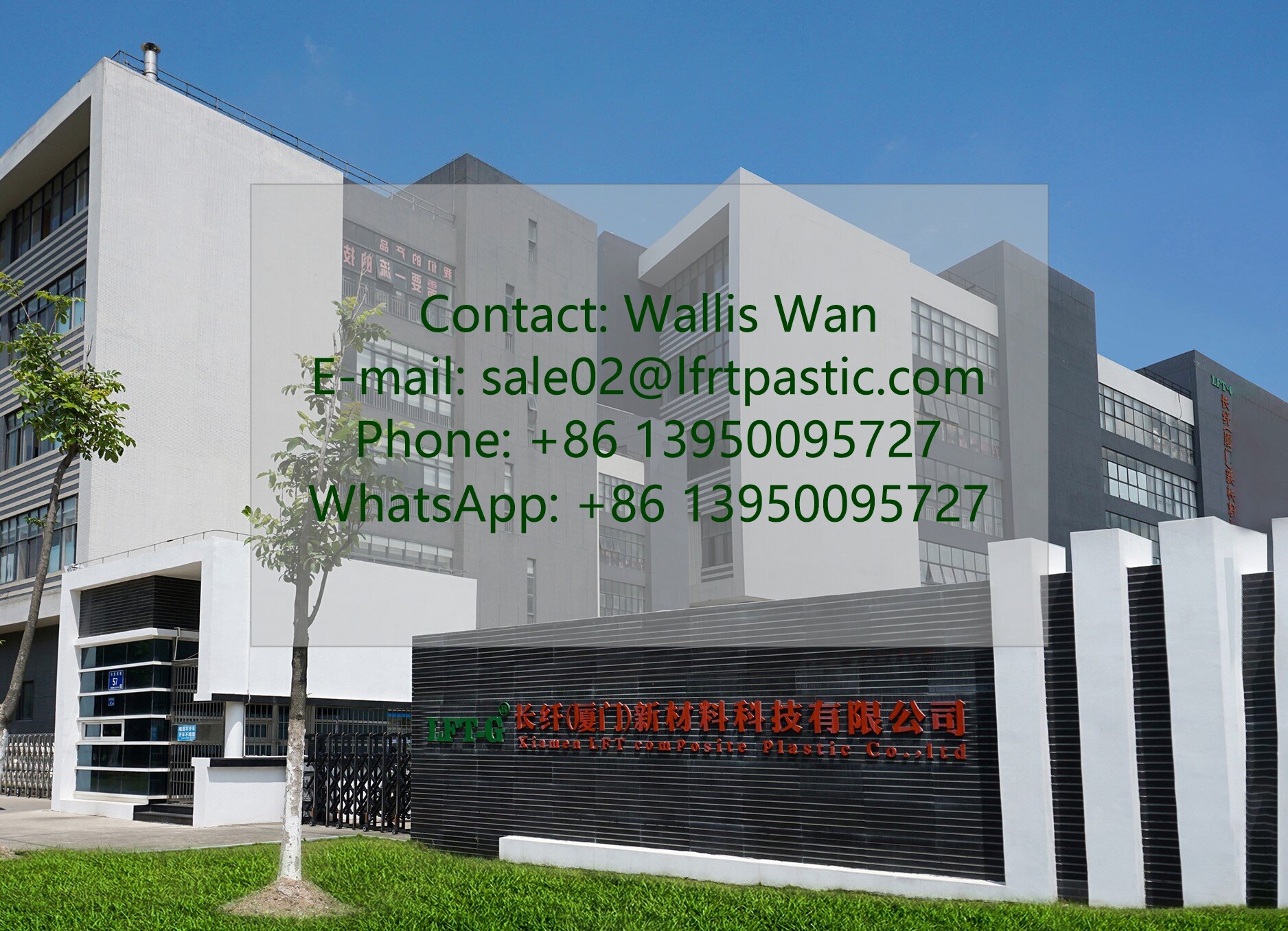item no.:
PPS-NA-LCFPayment:
Discussedproduct origin:
ChinaColor:
Natural color or Customizedshipping port:
XiamenLead Time:
2-10 working days

Why are your pellets so long?
What’s the difference between them and short fibers?
Long fiber pellets have several significant advantages over short fiber materials, especially in terms of enhancing the mechanical properties of plastics. Our long fiber pellets are typically used to improve the strength, rigidity, and impact resistance of materials. They are longer than short fiber pellets, allowing for better dispersion in the matrix material and forming a stronger fiber network structure, which significantly enhances the material's mechanical properties, particularly in terms of tensile and bending strength.
Compared to short fibers, long fiber materials have the following distinct differences:
1. Higher strength and rigidity: Long fibers can be more evenly distributed in the material, providing better tensile strength, bending rigidity, and so on.
2. Stronger impact resistance: Long fibers effectively improve the material's toughness and impact resistance, making them especially suitable for industrial products that require high impact resistance.
3. Better stability: Long fiber materials offer better dimensional stability and fatigue resistance, making them suitable for applications with long-term use.
4. Applicaition: long fiber materials are suitable for high-performance applications such as automobiles, electronic devices, and household appliances, while short fiber materials are more commonly used in applications where performance requirements are not as high.

Long Carbon Fiber Reinforced PPS
PPS plastic (polyphenylene sulfide), full name: Polyphenylene sulfide, is a thermoplastic special engineering plastic with excellent comprehensive properties. Its outstanding features are high temperature resistance, corrosion resistance and superior mechanical properties. The product will make a metallic sound when it is dropped to the ground. Pure PPS is rarely used alone due to its brittle performance. Most of the PPS used is its modified variety. Carbon fiber reinforced PPS is one of them.
Applications of PPS-LCF
Automotive:
Due to its excellent mechanical properties, thermoplastic carbon fiber is widely used in the automotive field of fuel system components, sensors, shell components. On the one hand, it is because of the high strength and stiffness of PPS-LCF, and the finished parts are not easy to damage. On the other hand, PPS-LCF also has a relatively low coefficient of thermal expansion to ensure the stability of the finished product. In addition, PPS-LCF also has very good corrosion and heat resistance, making the application life of the finished product longer.
Industrial:
In the industrial field, it is mainly used in the parts of equipment, such as chemical processing equipment, air pumps, gaskets, valves, etc. In addition to the high strength of the PPS-LCF, it is also because the parts made by the PPS-LCF have very good self-lubricating properties, which is very important for mechanical parts. Therefore, compared with the traditional carbon fiber material products, the performance has been greatly improved.
FAQ
Q: Does long glass fiber and long carbon fiber injection have special requirements for injection molding machines and molds?
A: There are certainly requirements. especially from the product design structure, as well as the injection molding machine screw nozzle and mold structure injection molding process must consider the requirements of long fiber.
Q. What are the main features and advantages of long fiber reinforced thermoplastics?
A: Compared with traditional short fiber materials, the main features of LFT-G thermoplastic long glass fiber and long carbon fiber are mechanical properties, high impact and tensile modulus, which are more suitable for some large products or structural load-bearing parts. It can do Injection molding, extrusion of sheets, profile pipes, etc.
Q. Are long fiber reinforced composites suitable for other processes besides injection molding?
A: In addition to injection molding, LFT long glass fiber and long carbon fiber can also be used for extrusion of sheets, profiles, pipes and molding, among which injection molding is the most common.
Advantages
Excellent quality. As replacement of metal and steel.
Own-factory. 500-800 tons of production per month.
Customization. From length to color or additives.
Self laboratory. Provide TDS and COA for every batch.
Fast shipping. Fast shipping to all capital cities or ports.
Favorable price. Free to get price.
Experienced team. With over 20 years experience expert team to provide assistance.
Full service. Through product discussion, performance analysis, composite selection, composite pellet production, after-sales tracking to injection molding techniques.
